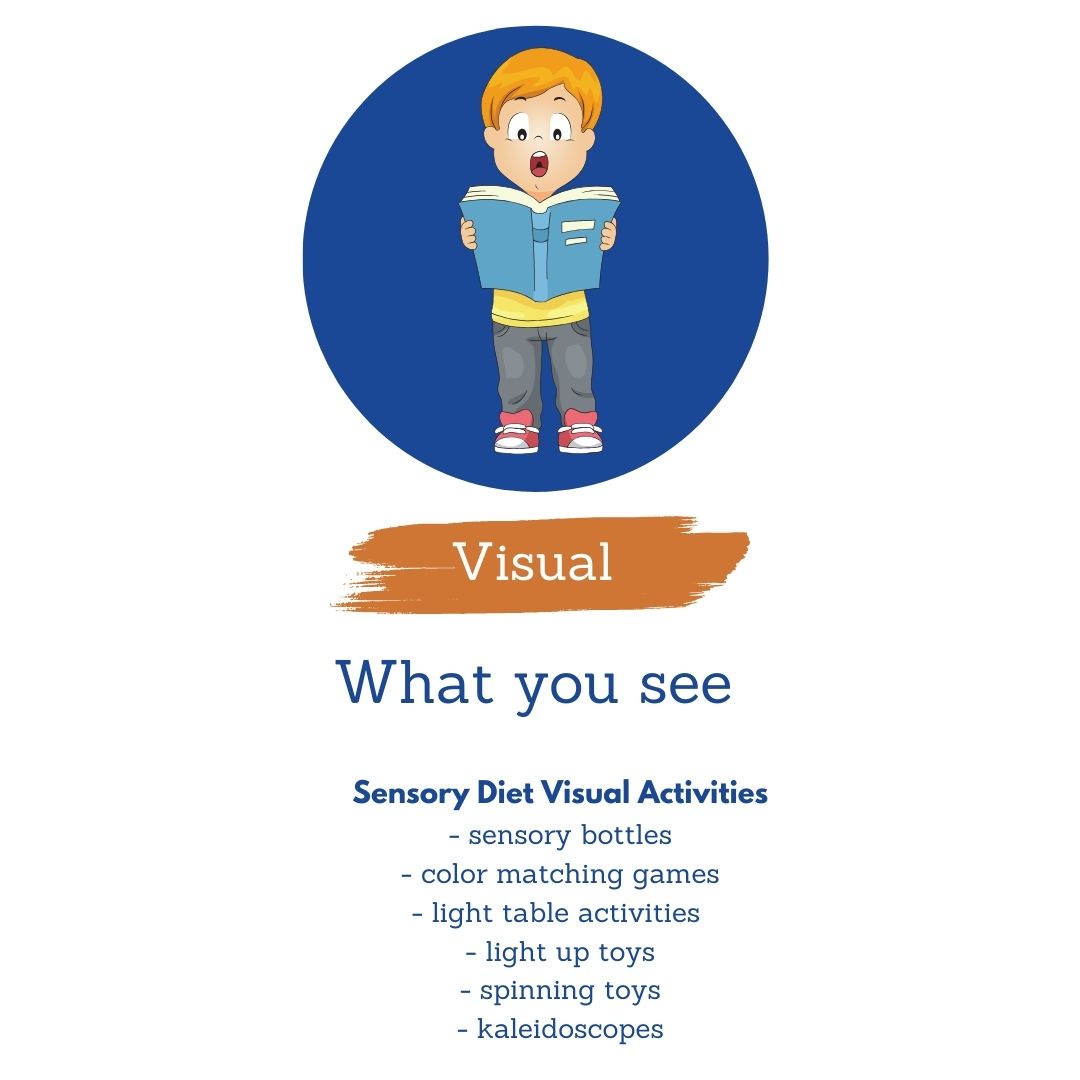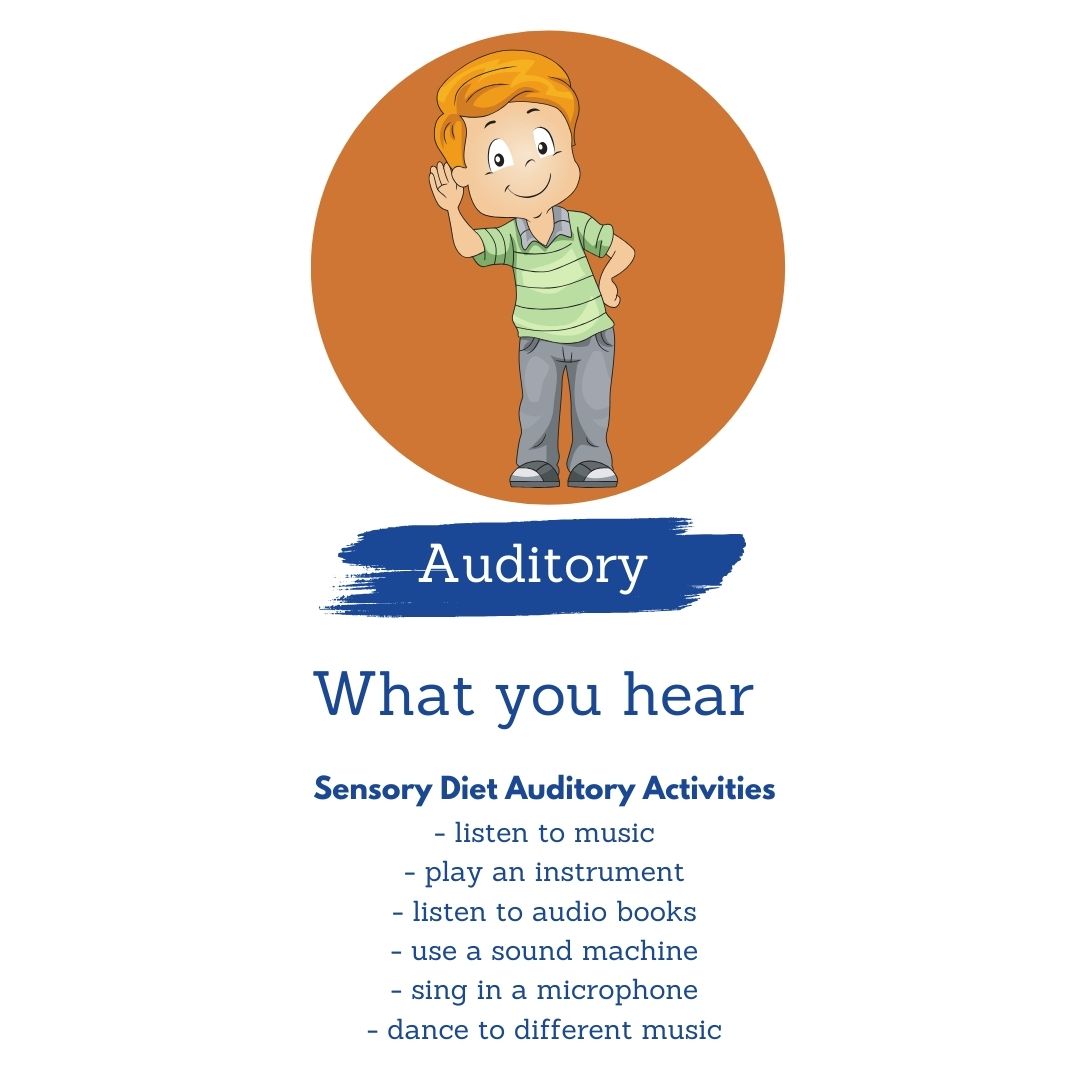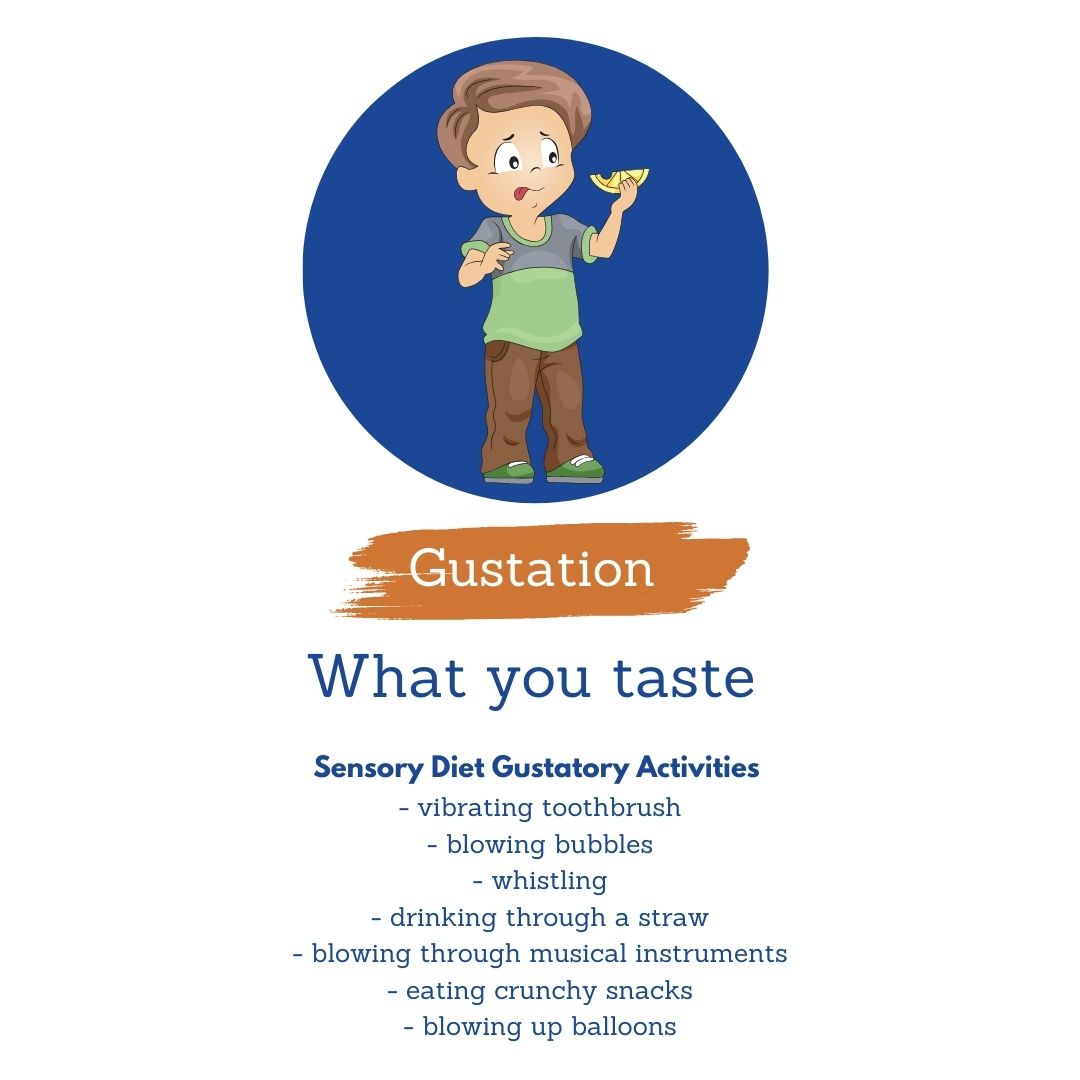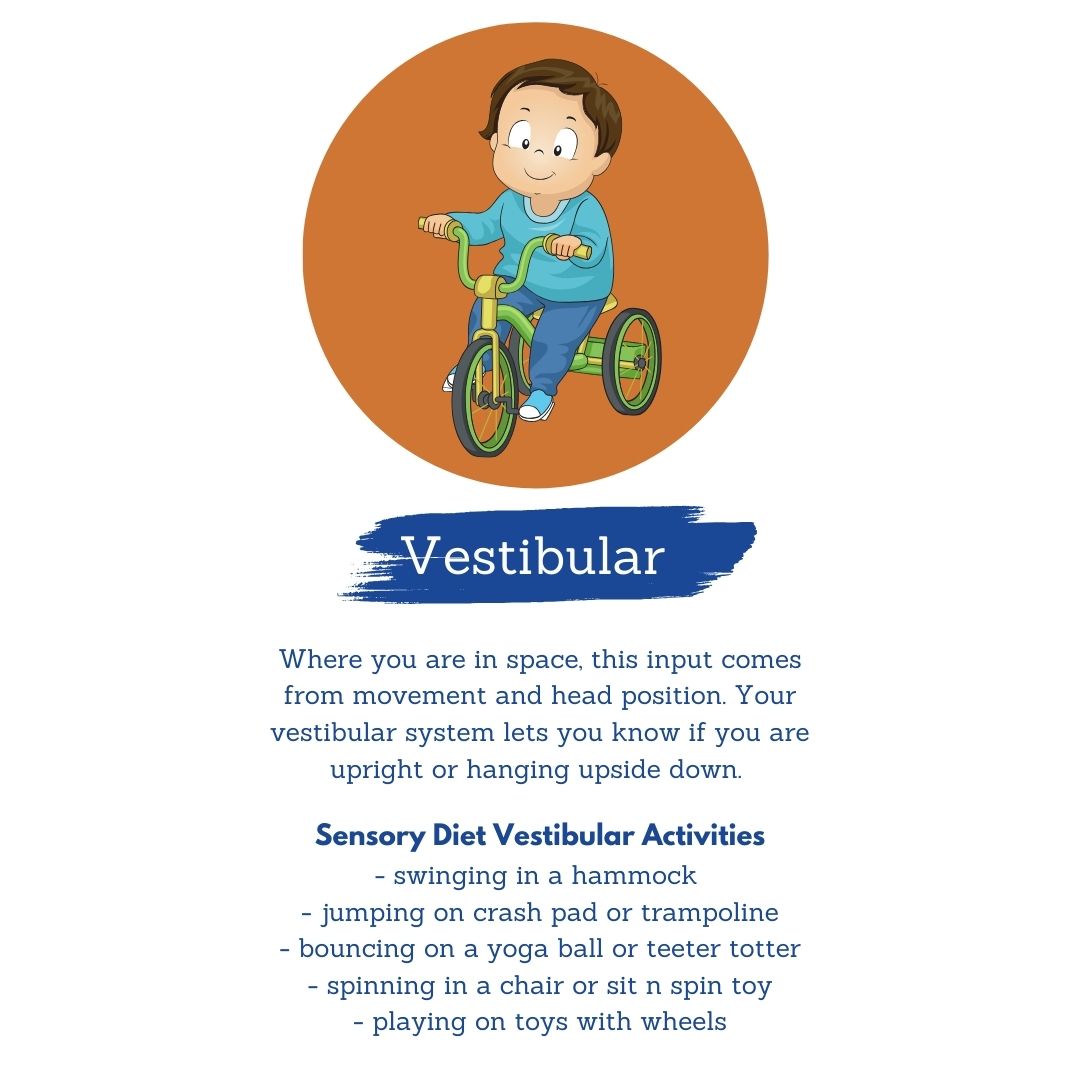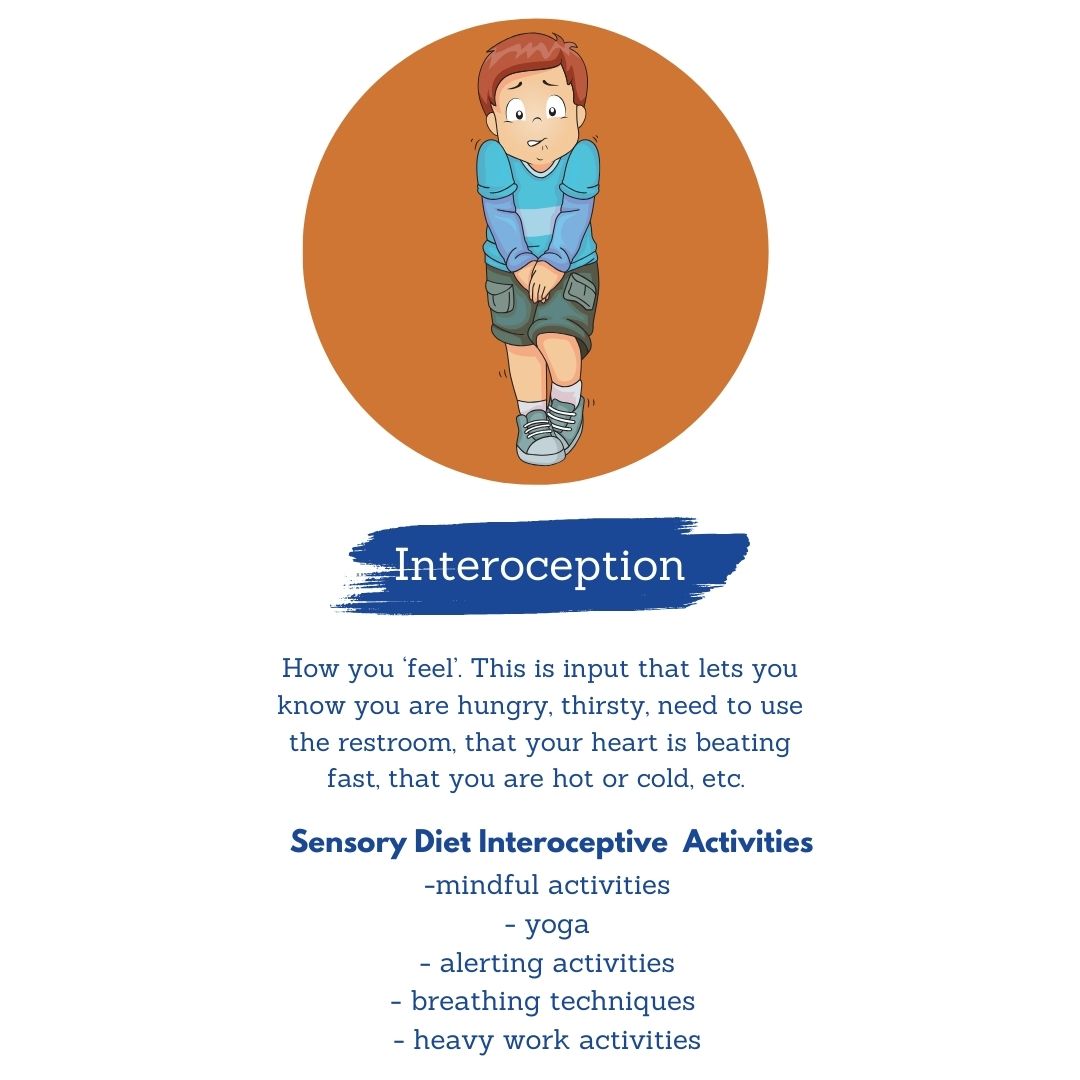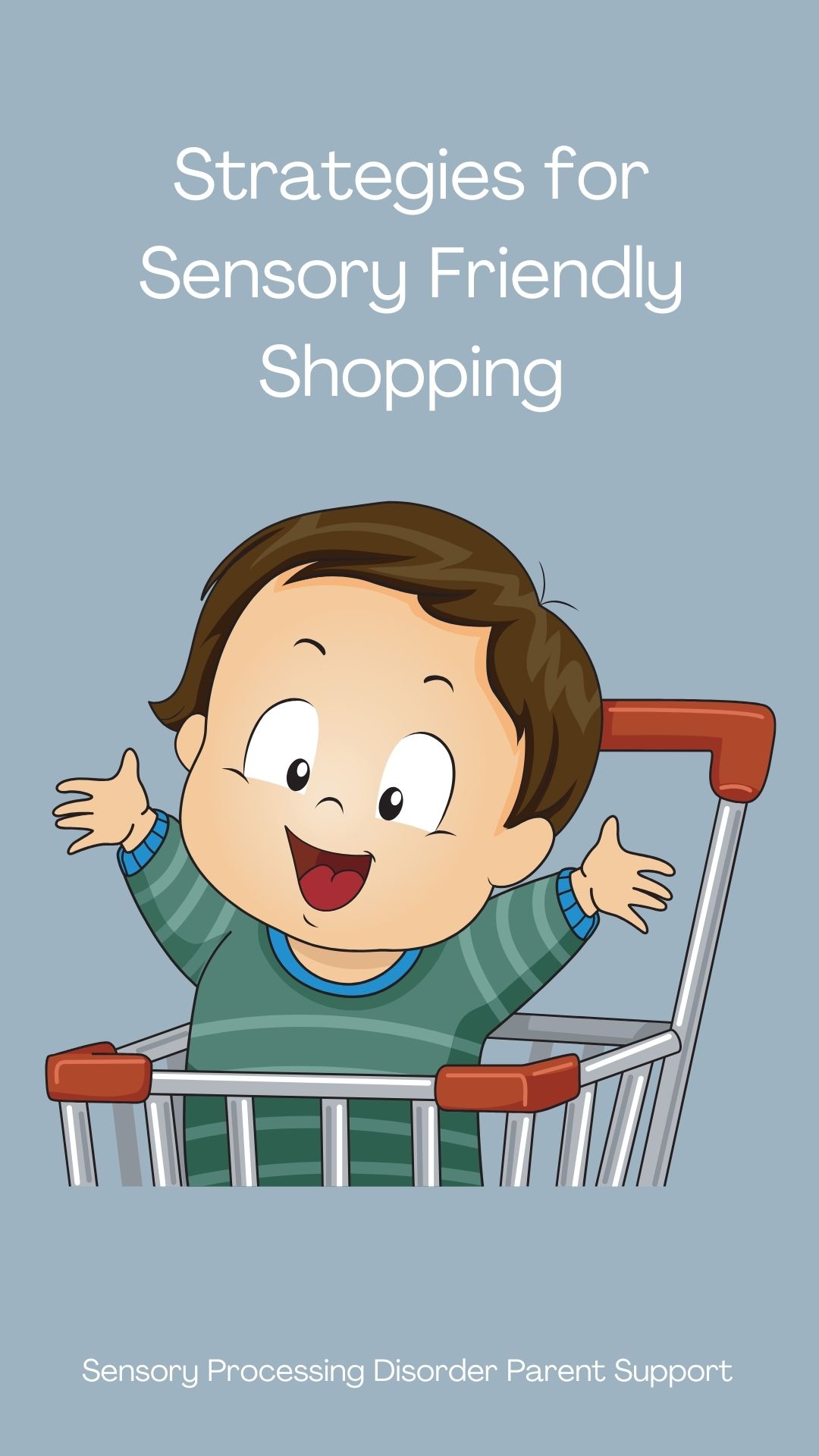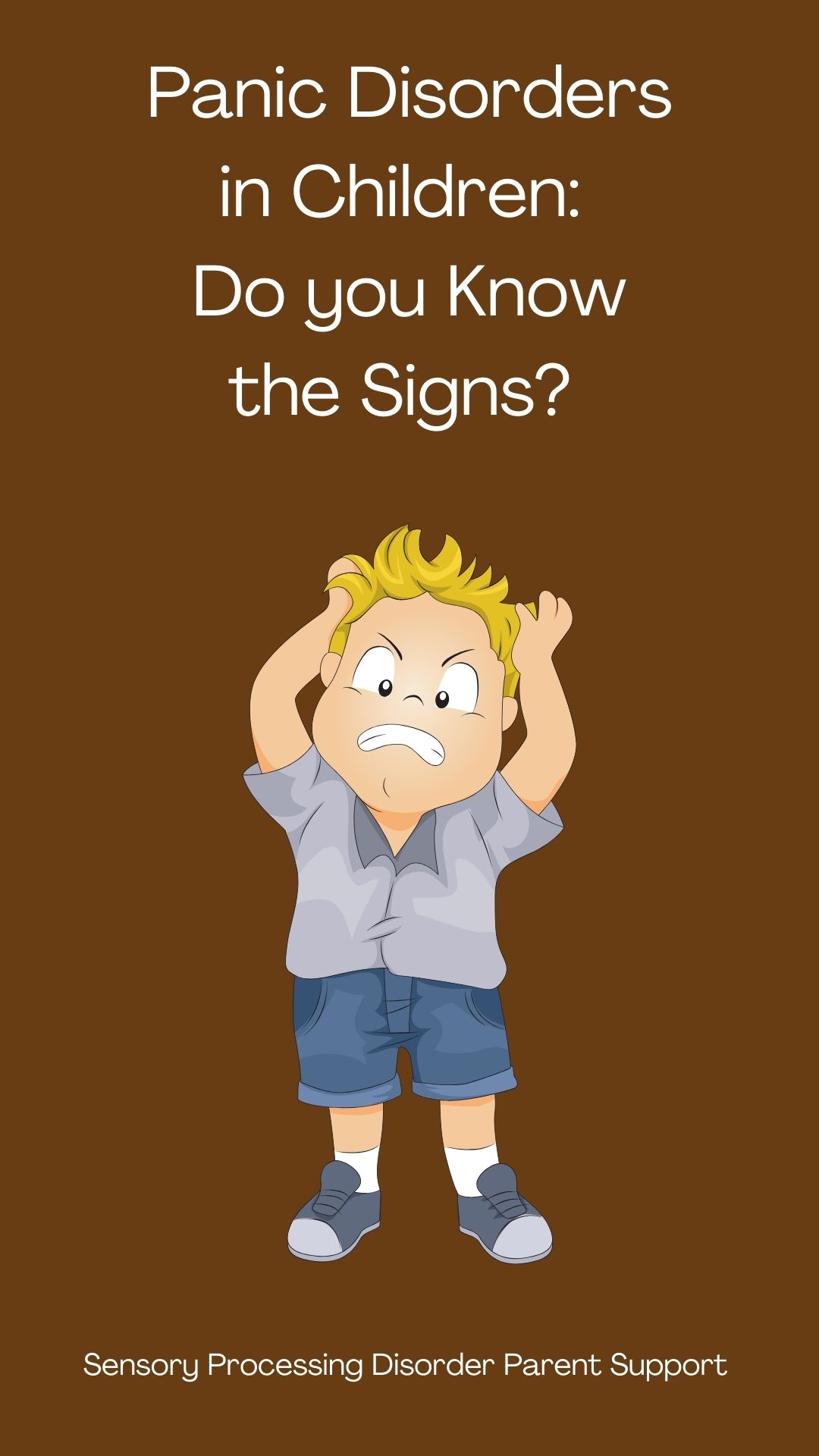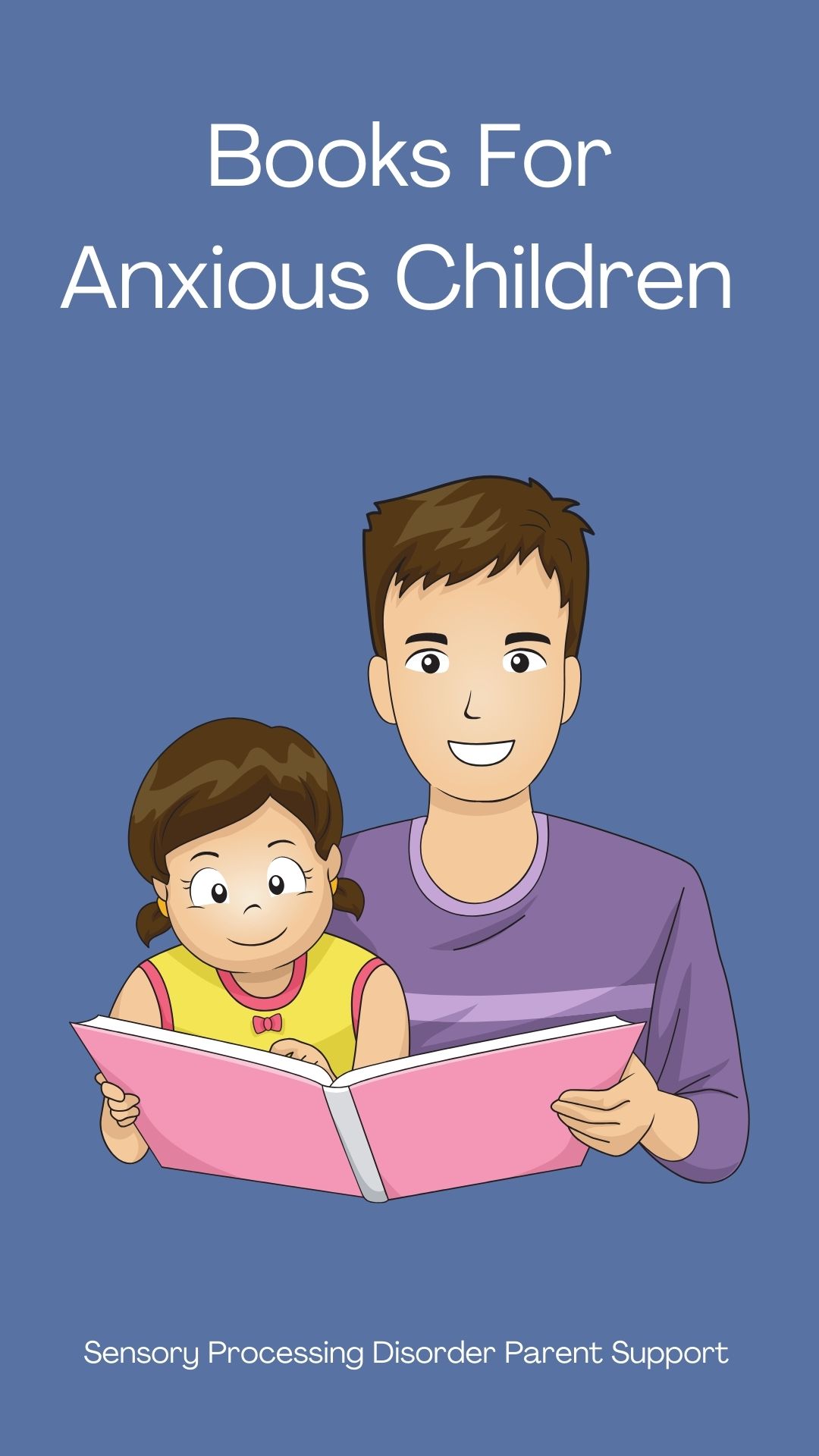
Sensory Processing Disorder Parent Support
8 Senses (not 5) & Sensory Systems
Children with sensory differences ... painting the world beautiful.
8 Senses (not 5) & Sensory Systems
Jeanette Loftus
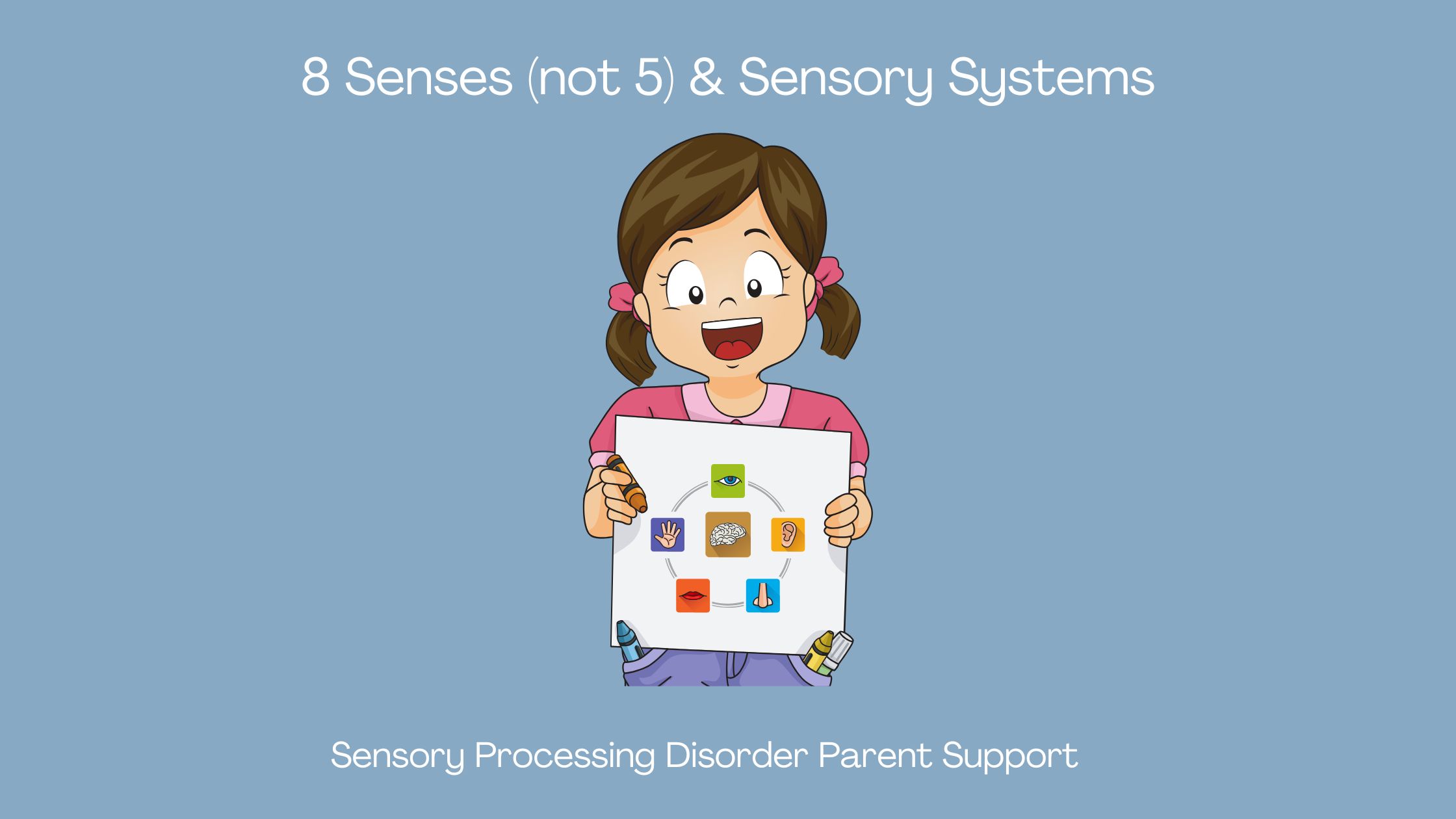
Usually when most people think about the human senses, they can name five. Most would say sight, sound, taste, smell and touch but there are three other human senses that are very important too. We have eight senses.

